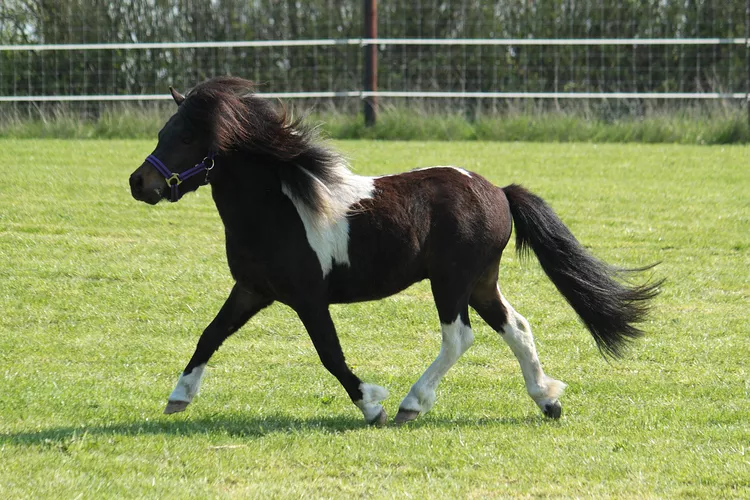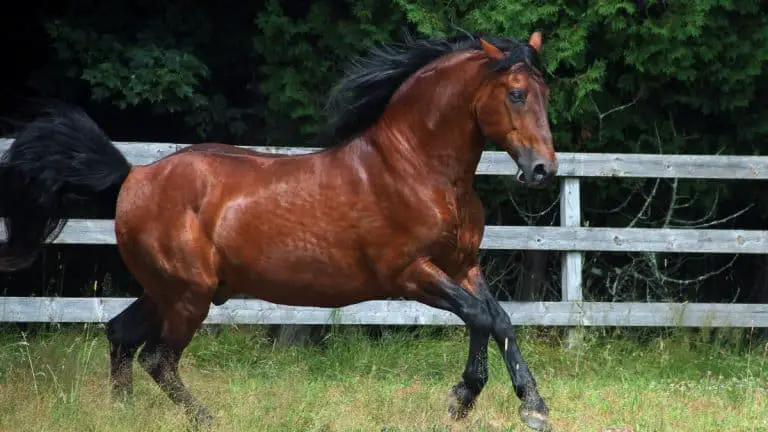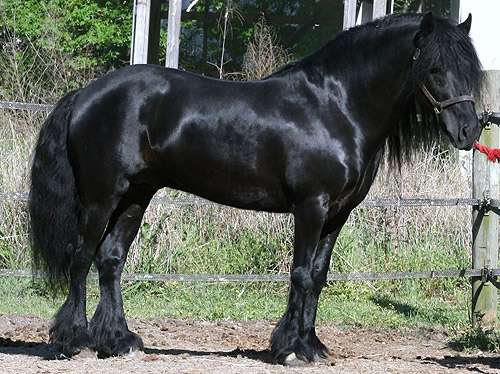
Size
10.2 meters (maximum).
Physical Attributes
One of the tiniest horse breeds, the Shetland features a large head, sloped shoulders, a short back, and short legs. In addition, they have a cannon bone that is smaller than usual relative to their size. They are powerful, durable, and can survive on little grazing despite their small size, which makes them the perfect animal for the challenging environment and topography of the Shetland Islands.
Colors
Any recognized horse coat color that isn’t spotted is acceptable.
Characteristics and Genetics
The lovely Shetland pony, one of the most well-known varieties of miniature ponies, is full of personality and may be fairly independent and difficult. It is believed that small, Shetland-like ponies have lived on the Isles since the Bronze Age, however the exact origins are unknown. After being domesticated, they spent many years being used to plough the ground and draw carts.
Celtic ponies, which inhabitants brought to the islands between 2000 and 1000 BCE, are likely to have had an influence on Shetland ponies as well. Ponies were incredibly durable creatures as a result of the harsh environment and limited food supply. The breed society for the traditional Shetland pony is called the Shetland Pony Stud-Book Society. It was established in 1890 to uphold purity and promote superior animals. The Shetland Islands Premium Stallion Scheme was established in 1957 to support premium registered stallions and enhance the breeding stock.
Kids, displayed at horse shows by both kids and adults in harness driving classes, and driven for enjoyment outside of the show ring, now ride Shetlands. Young children enjoy riding them, while adults enjoy using them as driving horses. Also utilized as therapy animals or as companions for larger ponies and horses are Shetlands with kinder dispositions.
Uses
The Shetland Pony was once used as a pack animal by the island’s crofters, or farmers. Many Shetlands were exported to mainland Britain in the 1800s and worked as pit ponies in coal mines. Shetland ponies are now widely utilized as riding horses for kids as well as pets and companion animals. They frequently appear in the Leading Rein classes, also known as Short Stirrup in the US, in the show ring.
When do Shetland ponies stop growing?
Like horses, Shetland ponies are not regarded as completely matured until they are five years old.
As Pet

Nutrition and Diet
Overfeeding a Shetland pony is much simpler than underfeeding one. Shetlands can survive on very little food since the breed had to forage for sustenance as it originated in such severe surroundings. A Shetland rarely needs grains or concentrates, which can cause obesity. For them, high-quality grass hay is perfect.
Lifespan
Numerous variables, including genetics, diet, workload, and some luck, all affect how old we are. Shetland ponies typically live between 20 and 30 years, though some can live even longer.
Are Shetland ponies good-natured?
Shetland ponies are wise, sociable, and devoted. They can exploit more cautious novice riders because they are strong for their size, and because of their stature, it might be challenging for an adult trainer to jump on and “correct” issues.
Table





